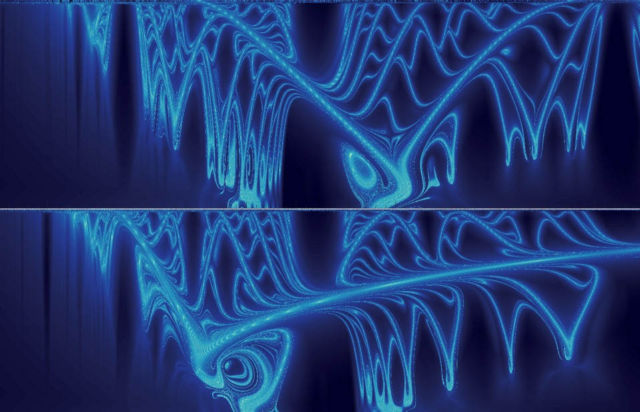Scientists discovered a superhighway through our Solar System that can lead to much faster space travel.
Such routes could be used to send spacecraft to the far reaches of our planetary system relatively fast, and to monitor and understand near-Earth objects that might collide with our planet. To cover distances like 100 astronomical units in less than a century.
In their paper, published in the Nov. 25 issue of Science Advances, the researchers observed the dynamical structure of these routes, forming a connected series of arches inside what’s known as space manifolds that extend from the asteroid belt to Uranus and beyond. This newly discovered “celestial autobahn,” or “celestial highway,” acts over several decades, as opposed to the hundreds of thousands or millions of years that usually characterize Solar System dynamics.
The most conspicuous arch structures are linked to Jupiter and the strong gravitational forces it exerts. The population of Jupiter-family comets (comets having orbital periods of 20 years) as well as small-size solar system bodies known as Centaurs, are controlled by such manifolds on unprecedented time scales. Some of these bodies will end up colliding with Jupiter or being ejected from the Solar System.
According to the researchers:
“Combining observations, theory, and simulation will improve our current understanding of this short-term mechanism acting on the TNO, Centaur, comet, and asteroid populations and merge this knowledge with the traditional picture of the long-term chaotic diffusion through orbital resonances; a formidable task for the large range of energies considered.”
Image: Arches of chaos in space manifolds. Credit Nataša Todorović, Di Wu and Aaron Rosengren/Science Advances






Leave A Comment